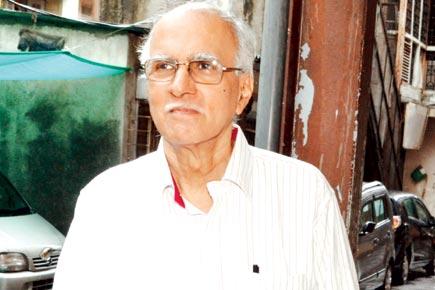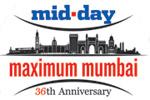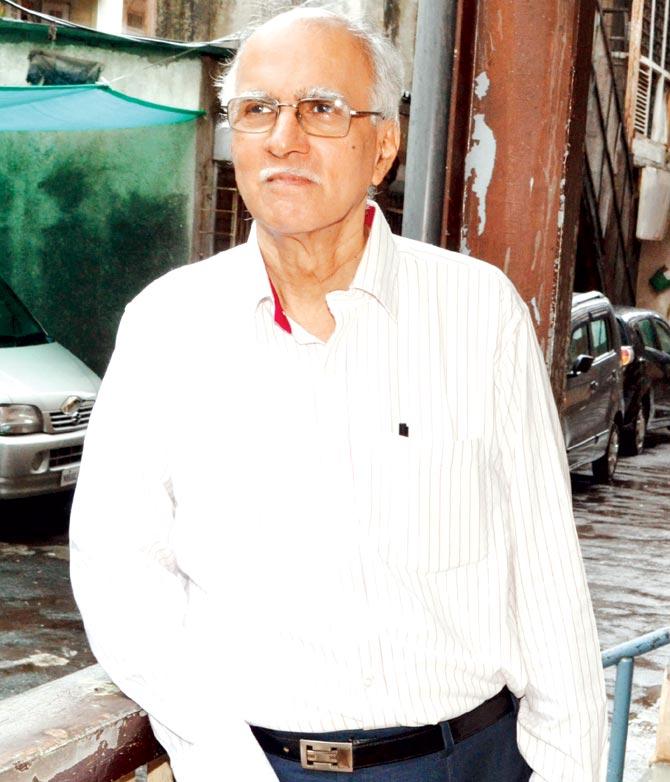A V Shenoy feels initiatives need to be linked and have to catch up with the needs of a burgeoning population in Mumbai

Points made: A V Shenoy
 Mumbai's present situation
Mumbai's present situation
Inordinate delays in implementing various infrastructure projects like MUTP, JVLR, SCLR, Metro I, Monorail, Worli-Bandra Sea Link and Eastern Freeway have resulted in transport and infrastructure not keeping pace with the increasing needs of commuters. There is a tremendous growth in population especially in the Mumbai suburbs and MMR region.
Points made: A V Shenoy
Though the suburban Railways has upped capacity to some extent, with an increase in the number of tracks and the number of rakes from 9 to 12/15, they are still running jam packed during peak hours, resulting in number of deaths of passengers falling from crowded trains. Though 75 lakh passengers i.e. nearly 50 per cent of entire Indian Railway passenger traffic is carried by suburban Railways, any decision regarding augmentation in capacity has to come from Railway Board in Delhi. This results in delays in increasing capacity as well as implementation of actions ordered by Honourable Bombay High Court to curb accidental deaths on tracks.
ADVERTISEMENT
Out of three Metros planned for the city only one has been completed. The work for the second i.e Metro III is yet to begin and expected to be completed only by 2019. Metro II which is more essential than Metro III, is not on the horizon at all. Currently, the Maharashtra Govt. is concentrating on the money guzzler which is the Coastal Road, which will cost approximately Rs 9,000 crore and will benefit only 2 per cent citizens.
There is a lack of integrated view while planning. Public transport and housing developments are taking place independently. As a result, public transport is unable to meet revised transportation needs. There are too many agencies involved in implementing any project, each reporting to da ifferent ministry and there is no proper co-ordination among them. As a result there are inordinate delays in almost every infra project.
Vroom with a view: A shot of the Bandra Worli Sea Link (BWSL). Location Courtesy: Sportsfield building. Pic/Rane Ashish
The BEST, which is the sole public transport authority for running buses in the city, is running at a loss due to decreasing occupancy. The occupancy has gone down to about 58 per cent. The BEST does not have right of way like Railways. This has acutely affected the speed and punctuality of the BEST. The BEST which used to carry about 45 lakh persons per day a few years ago, is presently carrying only 30-35 lakh passengers per day. Many BEST passengers are forced to travel in overcrowded trains. The AC buses bought by BEST about five years ago are making losses and the condition of the buses and maintenance is abysmal.
Traffic discipline in Mumbai has gone haywire, due to the daily increasing number of private vehicles, both cars and two wheelers (mainly two wheelers). The traffic police are unable to control traffic offences due to perennial shortage of staff. They also have a shortage of modern equipment like CCTVs which can read vehicle number plates.
An increasing number of cars and free parking has resulted in a major portion of roads occupied by parked cars, commercial vehicles, tourist buses, tankers, causing traffic bottlenecks all over the city. Even newly built suburbs like Oshiwara, Charkop and Powai are now congested. The Govt. is putting more emphasis on long term, high cost and car centric projects, neglecting medium and short term low cost projects. This has resulted in insufficient increase in public transport and more and more cars on the roads.
Pedestrian facilities are totally neglected, though 52 per cent of all journeys are on foot. The last but most important point is that the Urban Development Department (UDD) reports to the CM who is normally not from Mumbai, and has many more urgent and pressing issues from the entire state to look into. This is creating a neglect of infrastructure projects of Mumbai.
Vision for the future
1. There is a need to have single point governance system where one person will act as Mumbai Governance Head (MGH). All agencies i.e. State, Central, Municipal or otherwise functioning in Mumbai will have to coordinate with him and work accordingly. He will be responsible for all development work by Govt. agencies and will be accountable to the people of Mumbai.
2. The Unified Mumbai Metropolitan Transport Authority (UMMTA) should be given powers to take all decisions related to Mumbai Transport and they should be binding on all authorities. The UMMTA chief should report to the MGH.
3. Mumbai suburban Railways should be separated from the Indian Railways and a separate Mumbai Suburban Rail Corporation should be established. The entire Railway network in suburban Mumbai should be owned by this corporation. Railways should increase the number of 15 coach rakes as suggested by Parliamentary Standing Committee on Railways to augment the capacity.
4. Dedicated bus lanes / BRTS should be implemented as this will give Right of Way to BEST thus improving its speed and punctuality. BEST routes need to be rationalised to reduce the number of routes running in the same direction. BEST should have corridor routes on arterial roads and feeder routes from major junctions to feed surrounding areas. Monorail operations should be handed over to BEST, when completed, as it can be complimentary instead of having one more authority.
5. There should be integrated land use planning with transport infrastructure.
6. Short and medium term low cost projects should be priority, as they will be able to absorb the additional load, till further Metros are operational.
7. Traffic police capacity should be enhanced with more manpower. Augment this with technology like high resolution CCTVs, speed guns. The traffic police needs to give equal, if not more, weightage to road safety than to just keep vehicles moving.
8. Fleet taxis and taxi aggregators should be encouraged as competition to regular taxis to reduce fare refusals. This will improve quality of service to passengers.
9. Driving licence tests need to be tightened and made more technology based.
10. There should be a special transport fund for city transport infrastructure projects which, can be obtained partially from central funds like JNNURM. The rest can be generated locally from transport cess, toll or parking fees.
The writer is a Mumbai based infrastructure and transport expert.
Click here for mid-day 36th anniversary special
 Subscribe today by clicking the link and stay updated with the latest news!" Click here!
Subscribe today by clicking the link and stay updated with the latest news!" Click here!







